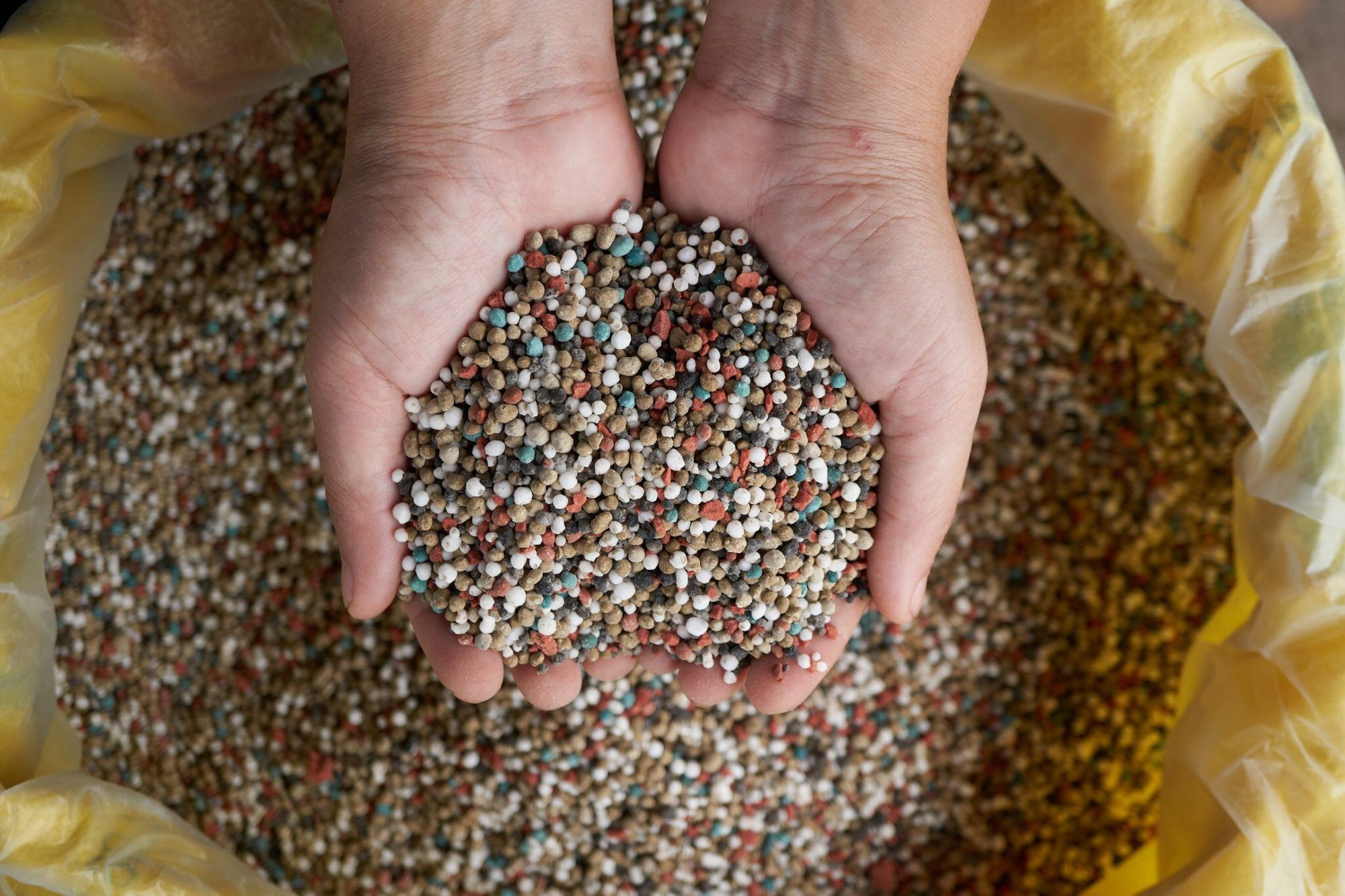BIODIVERSITY & NATURAL CAPITAL
Biodiversity in Your Backyard



It is now more important than ever to increase our local biodiversity, and what better place to start than in your own backyard!
The recent State of the Environment Report has revealed some worrying trends in biodiversity loss, as well as highlighting that there are now more introduced species than native species in Australia. Habitat loss is one of the main causes of flora and fauna decline and a large driver of habitat loss is residential development.
Creating a habitat garden has a range of benefits and can bring wildlife back. Even just planting a few native trees can help, as these can be stepping stones for fauna to move through urban areas.
Benefits of planting native trees and creating a wildlife habitat include:
- Increasing biodiversity and attracting wildlife
- Assist with control of insects and garden pests
- Sequestering carbon
- Water retention and reducing runoff into stormwater and local creeks
- Food from native bush tucker plants
- Less watering and fertiliser
If you wanted to create your own habitat garden, it’s important to do some research and come up with a garden plan. Some plants, such as Eucalypt trees, are generally not suited to small backyards. Aim to plant species local to your area, you may have a local Landcare nursery that can provide advice.
Aim to have tree, shrub, and groundcover layers using a variety of different plants, as layered plantings create more habitat niches for fauna. Keeping up the mulch is a great way to reduce weeds and aid with water retention. You can often get free loads of mulch from a local arborist and landscape suppliers have a wide range of mulches as well.
Another great way to attract wildlife is to install fauna nest boxes for species such as birds, possums, gliders, and microbats. There are many free plans available online. Even if you don’t have trees large enough for nest boxes, you can attach smaller microbat nest boxes to your house. Microbats do a great job reducing mosquito numbers!
Ground habitat structures such as bush rock, hollow logs, and old roof tiles are great habitats for reptiles. Ponds are a great way to encourage frogs and they also provide drinking and bathing water for birds and other fauna. Diverting a downpipe from your roof into a mini pond or rainwater infiltration garden is a great way to achieve this and it will reduce water leaving the property and flowing into local creeks, which can increase flash flooding during heavy rain events.
My partner and I live on an 800m2 residential block in Port Macquarie. When we purchased the property, it was nearly all exotic species and there were no native trees or shrubs at all. Over a number of years, we have removed a lot of the non-native plants and replaced them with natives whilst also establishing a mini fruit orchard and veggie gardens. There are many benefits surrounding this change and we now have over 130 native plant species in the garden – many of them native to the Hastings area. There are many more birds and other wildlife such as possums, Blue Tongue Lizards, and microbats. We have even seen two threatened species in our yard – the Koala and Square-tailed Kite.
As an ecologist, reintroducing native flora and fauna back to their native habitats has been both fruitful and rewarding. It’s great to wake up to birds calling in the morning and see the garden grow and change over time. We have fewer insect pest problems and have no need for pesticides in the garden. By proactively taking steps to nurture and regrow what has been lost due to residential development, I feel as though I have made important progress in environmental protection and sustainability, not only within my projects at WolfPeak but at home too.
If you would like to find out more about Biodiversity call 1800 979 716 or email us at info@wolfpeak.com.au



